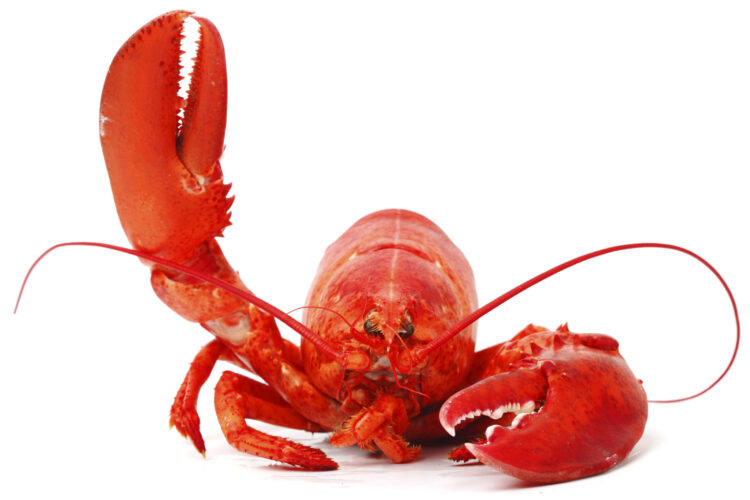
Science is filled with facts that sound too strange to be true. From animals with unique abilities to mind-boggling phenomena in the cosmos, this article explores 15 science facts that will make you question what you thought you knew about the world.
Elephants and Humans Smell Well

An elephant’s sense of smell is likely the best in the animal kingdom. But unlike what you might think, we humans are not actually that far behind. We can tell more than a trillion odors apart. Sounds amazing, right? This puts us in the same league as dogs and rodents.
Caterpillar Goo

When a caterpillar becomes a butterfly, it undergoes a radical transformation. Its body decomposes into a cellular soup inside the chrysalis. Only a few vital organs remain, and these are the parts that reassemble to form the butterfly. This process of self-digestion and rebirth is an excellent illustration of nature’s ingenuity.
Blue-Eyed Ancestry

The common thread that connects all blue-eyed people is a genetic mutation that took place in a Danish family thousands of years ago. All humans originally had brown eyes, but this mutation affected the melanin in the iris and caused blue eyes. Therefore, all people with blue eyes are genetically related, albeit distantly.
Orcas’ Surgical Precision

Killer whales, also known as orcas, have honed their hunting skill to a razor-sharp edge. Yes, they directly target the nutrient-rich livers of great white sharks. Yes, Orcas do not eat the rest of the shark’s body; it only consumes the liver. It is one of the many amusing facts that show how interdependent marine ecosystems are.
Octopuses’ Distributed Brain

Octopus arms have a mini-brain of their own at the base. So, each of them, including the suckers, can act autonomously to some extent due to the number of neurons in their mini-brains. It creates a decentralized nervous system, so it moves around and explores an environment without the brain having to constantly control it from the core.
Boötes Void: A Cosmic Desert

Boötes Void is an enormous region of space nearly devoid of galaxies. It is vast, and it covers a region of approximately 330 million light-years in diameter, making it one of the largest known voids in our universe. The Milky Way would fit a billion times in this void. Imagine how big and vast it is!
Genetics of a Six-Pack

The number of visible “packs” is actually determined by genetics. Our bodies have connective tissue bands that run horizontally across the abdomen. And the amusing part is that the number of these bands is fixed from birth. So, while regular exercise can enhance your muscle definition, it is the underlying genetic structure that dictates the maximum number of visible “packs” you can achieve.
The Biohazard Symbol

One of the most iconic symbols, the biohazard one, represents the danger of biological materials. Incredibly, however, the symbol was created without any real symbolism in mind. The creators simply chose a symbol that is easy to remember and somewhat unique. In that sense, it is truly the most effective symbol because it conveys instant caution to whoever sees it without actually being anything specific.
Polar Bears’ Invisibility to Infrared

Polar bears have a unique trait – they are virtually invisible to infrared cameras. As it turns out, their fur is so good at insulating heat that virtually nothing escapes, which makes it impossible to detect polar bears with thermal imaging. Researchers are using this knowledge to create completive cloaking devices and other advanced thermal camouflage technologies.
Tea’s Upward Journey

Brewing tea is almost therapeutic! Have you ever wondered why tea rises from the bottom to the top while brewing? How this happens is simple. It is made possible by little waterfalls that are created within the brewing liquid, which results in counterflows that have enough momentum to carry the tea leaves upwards. We love how startlingly good an illustration this one is of fluid dynamics in action.
Rock Tides on Io

Io, one of Jupiter’s moons, experiences a unique phenomenon known as rock tides. Unlike Earth, which has ocean tides due to the gravitational pull of the moon, Io has no oceans. However, the intense gravitational forces exerted by Jupiter and other nearby moons cause the ground on Io to rise and fall by up to 100 meters. This incredible movement is akin to tides but with solid rock instead of water.
Chitons’ Metal Teeth

Chitons are small mollusks from the Gulf of Mexico that have millions of teeth made of magnetite, a kind of iron ore. They use these teeth to scrape algae off rocks, and then they create new teeth almost continuously to replace the ones they lost. The potential to create mineralized structures like magnetite teeth is an excellent example of how diverse biological materials are.
The Transparent Head of the Barreleye Fish

The barrel-eye fish has one of the most unique adaptations of nature, a completely transparent head. That enables its eyes to rotate fully within the transparent skin of its head and look straight up through its scalp. It uses the vision to scan for any approaching predators or prey above their habitat in the deep oceans.
All-Female Lizard Species

Whiptail lizard species in New Mexico are all female. They breed through parthenogenesis, meaning they do not require fertilization. Each generation turns out as a clone of the mother, but it also maintains genetic diversity through a technique that reshuffles the genes during breeding. It just cannot get more fascinating!
Lobsters’ Agelessness

One very interesting thing about lobsters is that they do not show any typical signs of aging. They do not become weaker or less fertile as they age but instead grow larger. This phenomenon, known as negligible senescence, has serious implications for understanding aging and mortality among biological organisms.

Comments
Loading…